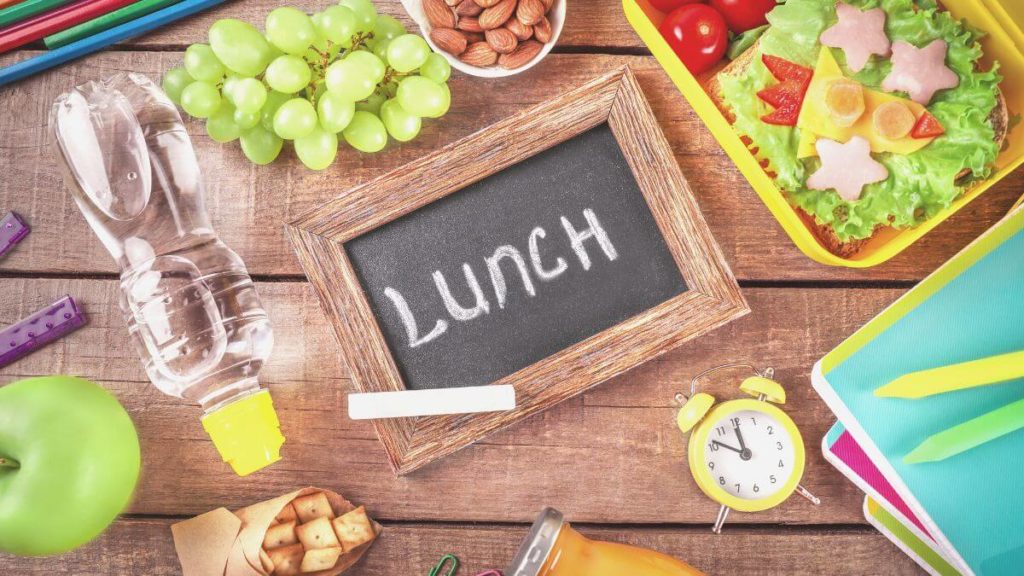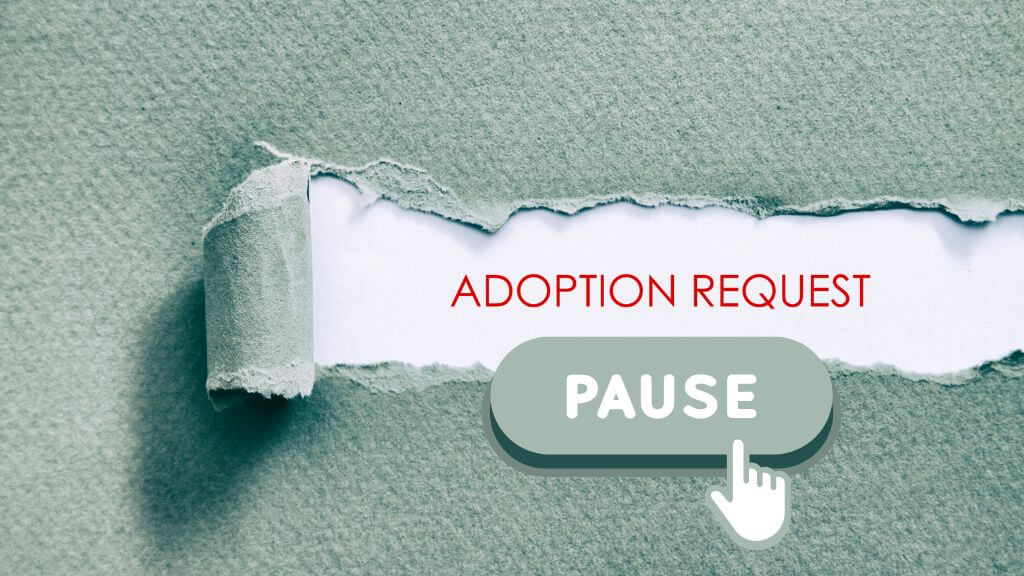NZ Herald 8 June 2021 – Kate MacNamara
Family First Comment: This is how socialism and state control works. Do it our way. We’re not interested in your views….
“At least 35 schools have turned down the Government’s free lunch programme. The principal at Yendarra School recently explained she’d declined the initiative to protect community mana and self-sufficiency, and a Ministry of Education list released under the OIA shows that Greymouth’s Cobden primary and Te Kura Kaupapa Māori o Ruamata composite school also declined the initiative to avoid developing a “dependency in their communities”. Other schools refused the programme either because they were satisfied with the current provision of food to students, or they wanted a non-universal approach…. The cost is climbing toward a quarter of a billion dollars a year, in large measure because the schools that join the scheme must offer it universally to all students: everyone gets a free lunch or nobody does. It targets lower-decile schools and is set to cover close to 1000 of them by year end. Cabinet’s direction is clear: anything short of universal provision would create stigma for those in need. But what if schools themselves knew better? That sometimes stigma isn’t a big issue or that universal programmes can be cumbersome and unnecessary.”
Well intentioned – but flawed.
At least 35 schools have turned down the Government’s free lunch programme. The principal at Yendarra School recently explained she’d declined the initiative to protect community mana and self-sufficiency, and a Ministry of Education list released under the OIA shows that Greymouth’s Cobden primary and Te Kura Kaupapa Māori o Ruamata composite school also declined the initiative to avoid developing a “dependency in their communities”.
Other schools refused the programme either because they were satisfied with the current provision of food to students, or they wanted a non-universal approach. But for the majority on the ministry’s list of schools which have declined, no reason at all is cited.
The blanks are the first indication that the Government has, despite its claims to the contrary, limited interest in what it calls “learnings” as it rolls out its lunch programme to roughly a quarter of the country’s school children.
The cost is climbing toward a quarter of a billion dollars a year, in large measure because the schools that join the scheme must offer it universally to all students: everyone gets a free lunch or nobody does. It targets lower-decile schools and is set to cover close to 1000 of them by year end. Cabinet’s direction is clear: anything short of universal provision would create stigma for those in need.
But what if schools themselves knew better? That sometimes stigma isn’t a big issue or that universal programmes can be cumbersome and unnecessary. Perhaps especially for large secondaries where the rolls stretch past 1000 kids.
You would think that the Government would want to learn from such experience. But a Ministry of Education memo of last October neatly demonstrates otherwise.
The memo was sent by Gary Basham, manager of service delivery, to the Healthy School Lunches Programme Governance Board, and it performs an elaborate dance that both describes a need for greater elasticity in the programme and recommends firmly against it.
It was prompted because “interactions with schools” had highlighted that “some schools would prefer a non-universal approach”.
It’s not clear how many schools expressed this preference. But a variety of good reasons for varying delivery were delineated in the memo by way of several case studies.
Awatapu College in Palmerston North requested between 300-400 lunches for a school of 820 kids. Neither the principal nor the board felt the entire student body needed the provision and neither were they confident that all students would eat the lunches. In year 12 and 13, students are allowed off-site during lunchtimes and there was concern about both “food surplus and waste”. In addition, the school felt it would be difficult to cope with the logistics of distributing 820 lunches.
Awatapu’s preferred plan was to run an opt-in breakfast club, principal Gary Yeatman told the Herald. Lunch at the school falls at 1.30pm and Yeatman said the targetted provision of breakfast would be better timed to prime hungry kids to learn.
Similarly, Auckland’s Waitakere College told the ministry it would join the programme only if the provision of lunches was limited to 400 of the school’s 1411 pupils.
The college already provides lunch, with help from the community, to 300-400 students two days a week. “They are not confident there is a genuine need for the rest of the student population … the school is also concerned about coping with the logistics of distributing 1411 lunches,” Basham wrote.
Additional feedback, the memo said, “has referenced risks over large amounts of possible waste” and suggests that, in large schools, “stigma is less of an issue”. (News stories of thousands of wasted lunches have subsequently emerged).
Despite all this, Basham mustered an impressive parade of spurious reasons not to recommend accommodating the schools’ requests.
Among the laziest was surely that the current approach is valuable because it, “ensures consistent messaging across the duration of the programme”.
Conversely, he recommended against obliging the larger schools, for reasons including that, “the universal approach is what we have taken since the programme was initiated, making changes creates an inconsistent framework”.
And moreover, if the system was modified as suggested, the memo said: “Schools and kura that are part of the pilot programme may want changes to their delivery and schools who have declined may want back into the programme.”
READ MORE: https://www.nzherald.co.nz/business/kate-macnamara-how-schools-plea-for-changes-to-the-free-lunch-programme-fell-on-deaf-ears/XBXAE4JWWBLGXZONCHC2OOU52E/




